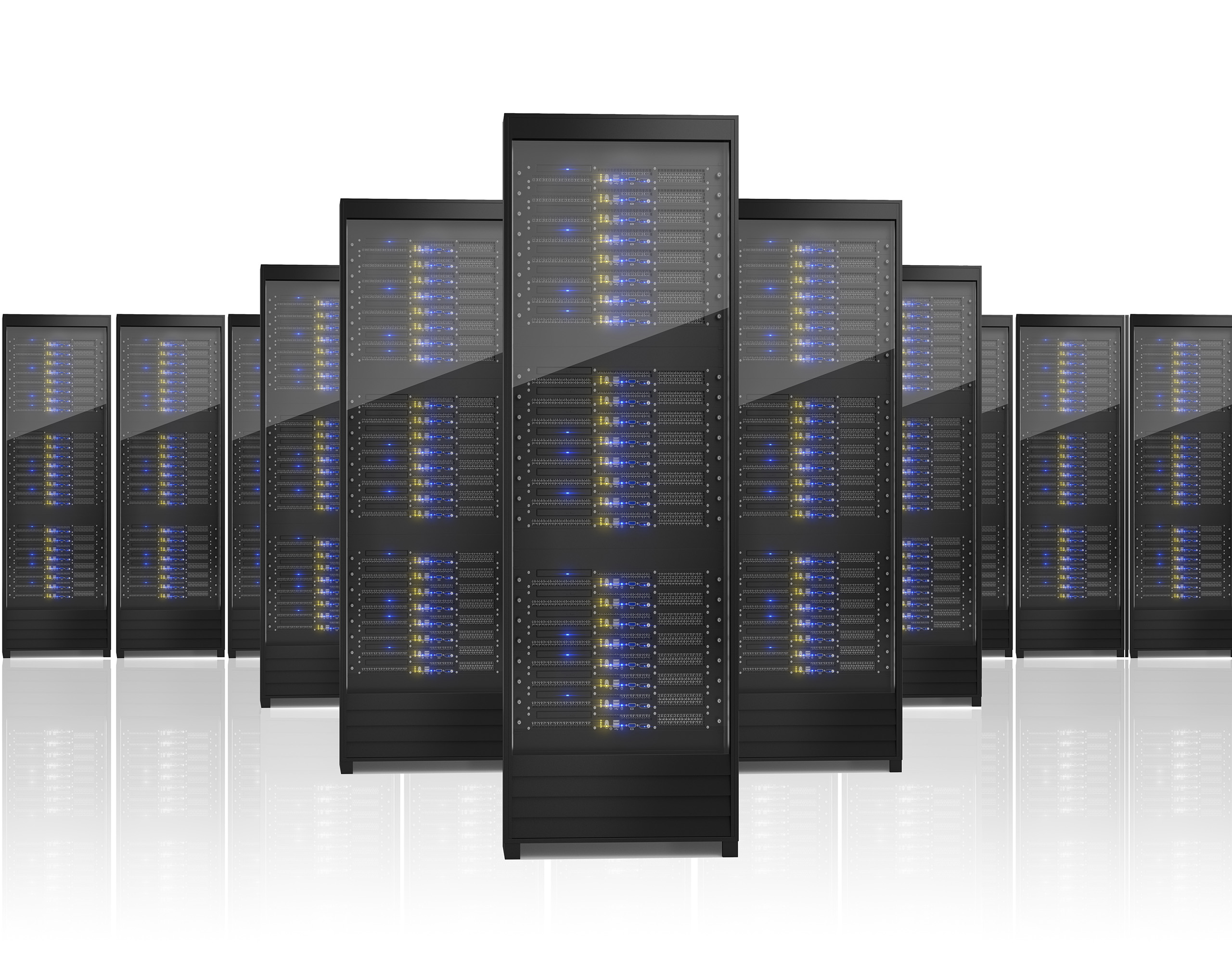The latest numbers by SAP reveal that approximately of 14-15K customers are running their BW data warehouse with a third party database such as Microsoft SQL Server, ORACLE, IMB DB2 etc. With the release of BW 7.5, we have the HANA DB underneath and lot of our customers are wondering how exactly they can leverage this and the impact on their current data warehouse.
If you are an existing BW customer (up to 7.3), you might have several questions. Below are some of the commonly asked questions.
- What are the benefits of the upgrade?
- Is it relevant if there is a plan to upgrade ECC to Suite on HANA (SOH) or S/4?
- Is there a role for SAP BW if S/4 Hana is the source system?
- If a new Data warehouse is being implemented, should SAP BW 7.5 be considered?
BW takes care of SAP security and authorizations, complex hierarchies, non-cumulative data for stock and many other capabilities. In addition, there is a new modelling methodology for HANA called LSA++, which simplifies and accelerates the build and operations of an EDW.
Read on to find out the future of data warehousing at SAP and the role BW within this.
1. Simplified Data Models
- New architectures should consider SAP BW and SAP HANA as modeling environment for implementations.
- SAP BW 7.4 simplifies data modeling by consolidating InfoProviders (see diagram).
- New InfoProvider adds more flexibility to architecture. For example, CompositeProvider with joins between InfoProviders, also supports temporal joins.
- Eclipse-based modeling is available for new objects like CompositeProvider, Open ODS View, and (advanced) DataStore object.
2. Leverage the power of SAP BW and SAP HANA
- Integration of External Data Structures with Open ODS Views.
- Build lightweight models without the need to create InfoObjects by using field based modelling. This is useful in rapid prototyping or agile model creation.
- Open ODS Views allows easy consumption of external data.
3. SAP HANA Smart Data Access for SAP BW
With Smart Data Access (SDA), smaller data volumes can be read directly in HANA modeling views or CompositeProviders without ever persisting it in SAP BW or native HANA. This functionality enables your SAP BW on HANA to become a federated data warehouse. Thus eliminating the need to persist all data directly in HANA.
Smart Data Access:
- Automatically handles Deltas
- Enables federated data models to be combined with SAP BW data
- Enables Big Data scenarios such as integration of HADOOP with enterprise data in SAP BW
4. Real-Time Replication with SAP LT Replication Server
- Replicate data in real-time into SAP BW via the ODQ framework
- SLT can be used in two modes: scheduled or real-time
- Multiple subscribers can easily share the same delta information
- ODQ allows data transfer into InfoProvider directly; PSA can be skipped
5. Efficient Data Management with Dynamic Tiering
- SAP HANA Dynamic Tiering enables you to optimize the main memory resource management by using extended tables. PSA and Advanced DataStore objects can be set as extended tables. Warm data is moved from the Main memory to the extended tables
- This reduces the consumption of main memory as warm data is stored in disk-based storage
- Usage depends on the object's purpose. For example, staging layer objects with rare reporting activities but still in focus for data operations are good candidates for warm data
Conclusion
In order to build an app, data mart, data platform, or database, Native HANA can be used on its own. To build an Enterprise Data Warehouse, the BW on HANA route is recommended.
Thus, with the release of BW 7.5, we have SAP BW as an application-driven approach, and the SQL-based approach just with SAP HANA, without any application like BW on top of it. The combination of SAP BW and SAP HANA enables us to simplify the data modeling processes, increase the agility of the Enterprise Data Warehouse (EDW), and reduce the complexity of the EDW landscape.
With the wide use of Big Data in organizations, it is clear that BW will play an important role in the overall HANA data warehouse, while integrating data from a variety of sources such as S/4, other ERPs, Hadoop, etc.


